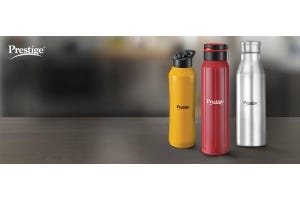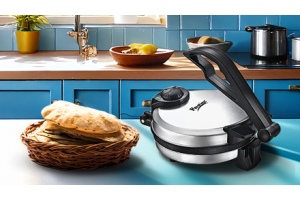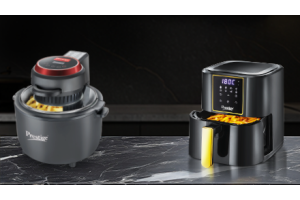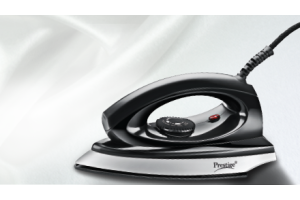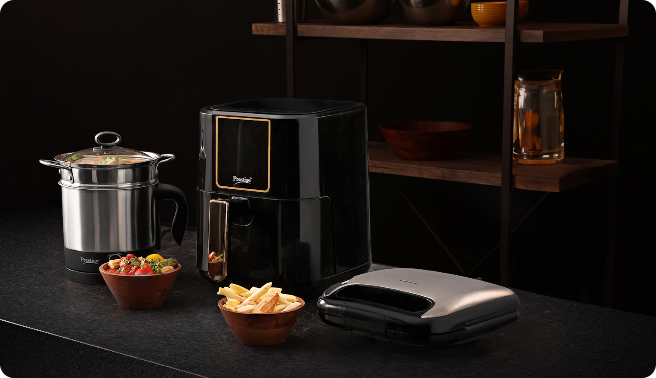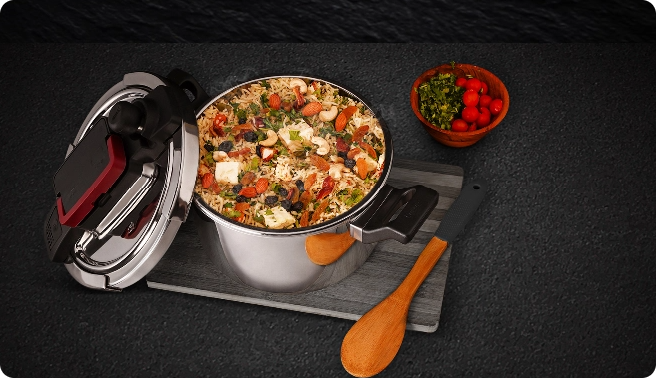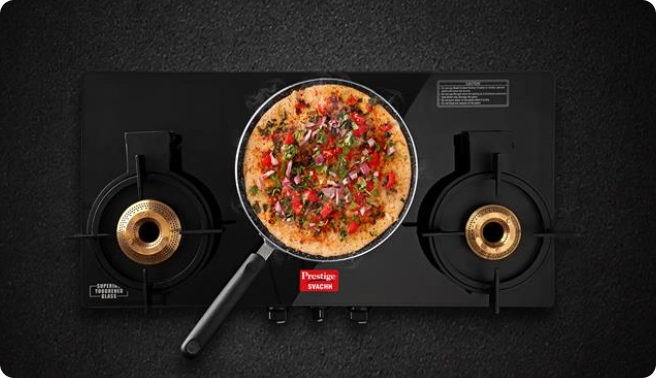The Growing Importance of Water Bottle Choices
With the global rise in environmental awareness, the debate between reusable water bottles and disposable water bottles has gained considerable attention. Millions of single-use plastic water bottles are purchased daily, contributing to widespread plastic pollution. Not only do these disposable bottles add to landfill waste, but many of them also end up in oceans, threatening marine life. Despite recycling initiatives, plastic bottle recycling rates remain low, with only about one in six plastic bottles being recycled. This inefficiency in recycling, coupled with the long decomposition time for plastic, means that disposable water bottles have a lasting negative impact on our environment. Choosing reusable bottles offers a more sustainable alternative, reducing the demand for single-use plastics and helping curb pollution.
Moreover, concerns are mounting over the safety and health implications of drinking water from plastic bottles. Studies reveal that chemicals, including microplastics, can leach from plastic into the water, raising the question: In contrast, reusable water bottles made from materials like stainless steel, glass, or BPA-free plastic provide a safer option, offering consumers greater control over water quality and reducing potential chemical exposure. As awareness of these issues grows, more individuals are turning to reusable bottles not only to reduce waste but also to protect their health and promote a cleaner planet.
The Environmental Impact of Reusable vs. Disposable Water Bottles
When comparing reusable and disposable water bottles, the environmental footprint is a significant factor. Reusable bottles are made from materials like stainless steel, plastic, or copper—they have a larger initial production footprint, but quickly offset their impact with repeated use, often after just three uses for water bottles.
Disposable bottles, on the other hand, are made from PET plastic derived from crude oil, requiring high energy and water for production. Most are used once and take over 450 years to decompose, with only a small percentage actually recycled. Their short life span and long-lasting waste make them a major contributor to plastic pollution.Repeated use of disposable bottles can also pose health risks, as they may leach harmful chemicals like BPA or microplastics into the water, especially when exposed to heat.
|
Environmental Benefits of Reusable Bottles |
Environmental Costs of Disposable Bottles |
|
Reduce single-use plastic waste in landfills. |
High resource and energy consumption in production. |
|
Lower carbon footprint over time, especially with regular use. |
Persistent plastic waste, contributing to land and ocean pollution. |
|
Help conserve energy and resources by decreasing demand for disposable plastics. |
Higher carbon emissions per use compared to reusables. |
Benefits of Reusable Water Bottles
Switching to reusable bottles offers several health, economic, and environmental benefits. Reusable bottles are typically made from safer materials like BPA-free plastic, stainless steel, or glass, avoiding the health risks associated with chemicals like BPA found in some single-use plastic bottles. Economically, although a reusable bottle may have a higher initial cost, it can be used for years, saving money in the long run. Many reusable bottles are also designed for convenience, with features like insulation and easy portability.
Advantages of Reusable Bottles:
-
Healthier: Made from materials that do not leach harmful chemicals.
-
Cost-effective: Reduces spending on single-use bottles over time.
-
Eco-friendly: Lowers plastic waste and reduces carbon footprint.
-
Convenient features: Options like insulated designs keep drinks hot or cold for longer
Why Choose Prestige?
Prestige stands for trust, quality, and innovation—values that have made it a household name for decades. When it comes to reusable water bottles, Prestige delivers more than just hydration:
-
Premium Materials: Made from BPA-free plastic, stainless steel, or high-quality glass for safe, everyday use.
-
Temperature Control: Double-walled insulation keeps drinks hot or cold for hours.
-
Leak-proof & Travel-friendly: Designed to fit seamlessly into bags and cup holders—perfect for work, school, or workouts.
-
Stylish Designs: Sleek, modern aesthetics to match your personality and lifestyle.
Reliable Durability: Made to last and can be reused every day, with no need for frequent replacements.
The Risks of Disposable Plastic Bottles
Using disposable plastic bottles poses both environmental and health risks. Many plastic bottles contain BPA, a chemical linked to potential health issues such as hormone disruption and increased cancer risks. Additionally, single-use bottles are prone to littering and take hundreds of years to degrade, leaving microplastics in the environment that can harm ecosystems and enter the food chain. Financially, the frequent purchase of disposable bottles adds up over time, making them less economical than reusables.
Risks of Disposable Plastic Bottles:
-
Health Risks: Potential BPA exposure from plastics.
-
Environmental Impact: Significant waste, polluting land and water bodies.
-
Economic Cost: Repeated purchases can be costly over time
Comparing Convenience and Accessibility
When choosing between disposable water bottles vs reusable, convenience and accessibility are key factors to consider.
Disposable water bottles:
Disposable water bottles are readily available in many places, like convenience stores and vending machines, making them ideal for emergencies or when you’re on the go without a water bottle.
Reusable Water Bottles:
Reusable bottles offer convenience in the long term by allowing repeated use without the need to continuously buy new bottles. Many reusable bottles are also designed with features like insulation, leak-proof seals, and ergonomic designs, making them comfortable to carry and use throughout the day. Plus, with refill stations becoming more common, refilling a reusable bottle is increasingly accessible in public spaces like airports, gyms, and parks
|
Convenience Factors of Disposable Bottles: |
Convenience Factors of Reusable Bottles: |
|
Availability: Easily found in most convenience stores, especially in emergencies. |
Long-term availability: Once purchased, you always have a water source. |
|
No cleaning required: Disposable bottles can be thrown away after use, which is convenient for busy lifestyles. |
Environmental benefits: Refill stations in many public places reduce waste. |
|
Compact options: Smaller disposable bottles can be handy for short trips. |
Special features: Insulation, ergonomic designs, and custom sizes for varied needs |
People Also Search For: How To Choose Right Water Bottle
Health Considerations: Reusable vs. Disposable Plastics Water Bottles
Since we’ve already discussed many aspects of disposable water bottles vs reusable, let’s briefly recap key health considerations tied to both types.
“The materials used in disposable bottles often include plastic with potential chemical leaching, like BPA, which may cause health issues over time, especially when reused or exposed to heat. These chemicals can disrupt hormones, raising concerns over whether drinking water from plastic bottles is safe in the long run.”
“On the other hand, reusable water bottles—typically made of BPA-free plastic, stainless steel, or glass—are designed with safety in mind and are better suited for long-term use, offering a controlled drinking experience without frequent exposure to potentially harmful chemicals.”
Health Considerations for Disposable Bottles:
-
Plastic bottle effect on health: BPA and other chemicals can leach into the water over time.
-
Risk of contamination: These single-use bottles can develop bacterial buildup if reused.
-
Limited durability: Intended for one-time use, they’re less safe and hygienic for extended use.
Health Considerations for Reusable Bottles:
-
BPA-free materials: Many options in stainless steel or glass minimize chemical risks.
-
Long-term safety: Durable and designed for repeated use, reducing health concerns.
-
Easy maintenance: Reusable bottles are easily cleaned, lowering bacterial risk.
How Prestige Bottles Help in Health?
Choosing a Prestige reusable bottle is not just about staying hydrated—it's about making a health-conscious choice:
-
Stainless Steel: Known for its robustness and chemical resistance, stainless steel ensures that no harmful chemicals leach into your water. It is also non-reactive, meaning it won’t alter the taste of your beverages.
-
Copper: Copper is known for its antimicrobial properties, naturally inhibiting the growth of bacteria and germs inside the bottle. This makes it a great option for maintaining water purity and reducing the risk of waterborne illnesses. Copper also helps in improving the metabolism and supporting a healthy immune system, adding an extra health benefit to your hydration routine.
Prestige bottles, made from these materials, offer a safe, clean, and effective way to stay hydrated—whether you're at the gym, in the office, or on the go.
| Type | Material | Capacity | Bottle Page |
|
Bottle
|
Stainless Steel | 750 ML | Prestige Coloured Stainless Steel Water Bottle (PSWBC 13) 750Ml Each |
| Stainless Steel | 1 L | Prestige PSWBC 14 Stainless Steel Water Bottle 1 L (Each) Red and Blue | |
| Copper | 750 ML, 50 ML | Prestige Rustic Copper Water Bottle | |
| Copper | 1000 ML | Prestige Tattva Copper Water Bottle (1000 ml) with Tumbler (300 ml) | |
|
Flask
|
Stainless Steel | 1 L | Prestige Thermopro PFSL 4 Stainless Steel Vacuum Flask, 1 L (Silver) |
| Stainless Steel | 500 ML, 750 ML | Prestige Thermopro Stainless Steel Flask PFSL |
Cost Comparison: Reusable vs. Disposable Water Bottles
From a cost perspective, reusable bottles offer better long-term savings despite an initial investment. While disposable bottles may seem affordable, the cost accumulates quickly for those who buy them regularly. For example, spending a few dollars each day on single use bottles can add up to hundreds annually. A quality reusable bottle might cost more upfront, but its durability and reusability mean it quickly pays for itself. Over time, switching to reusable bottles can be a more economical and sustainable choice, especially for regular water drinkers.
|
Cost Factors of Disposable Bottles |
Cost Benefits of Reusable Bottles |
|
Daily expenses add up: Each bottle purchase contributes to a high annual cost. |
One-time investment: Initial cost offset by long-term use. |
|
No resale value: Unlike some durable reusable bottles, single-use bottles are a sunk cost. |
Saves on refillable costs: With refill stations readily available, usage costs drop dramatically over time. |
|
Environmental cost: While not directly monetary, there are costs associated with disposal and recycling. |
Durability: High-quality materials mean they last longer. |
Conclusion: Why Reusable Bottles Are the Smarter Choice
Considering environmental, health, and cost impacts, reusable water bottles emerge as the smarter, more sustainable option. From reducing exposure to harmful chemicals to saving significantly on yearly water expenses, reusable bottles support personal well-being and the environment alike. They offer a safer, more sustainable hydration solution compared to disposable bottles and help cut down on plastic pollution and waste
FAQs on Disposable vs. Reusable Water Bottles
Q1. What are the primary benefits of choosing reusable water bottles over disposable ones?
A. Reusable water bottles offer both environmental and personal benefits. They help reduce plastic waste by eliminating the need for single-use bottles that contribute to landfill and ocean pollution. Additionally, reusable water bottles are made from materials like stainless steel, glass, or BPA-free plastic, providing safer and more durable options compared to disposable plastic bottles, which may leach chemicals. Overall, they’re an investment in both personal health and environmental responsibility.
Q2. Is drinking water from plastic bottles safe in the long term?
A. Drinking from plastic bottles occasionally is generally safe, but repeated use of disposable plastic bottles can introduce potential health risks. With extended use, these bottles may release chemicals, especially if exposed to heat. Reusable water bottles crafted from food-grade materials like stainless steel or glass are a safer, longer-lasting option that reduces exposure to harmful compounds and keeps your hydration free of unwanted chemicals.
Q3. How do reusable water bottles contribute to environmental sustainability?
A. Reusable bottles contribute to sustainability by minimizing the need for plastic bottle recycling and reducing the volume of plastic waste. Each refillable bottle can replace hundreds of single-use bottles, conserving resources and cutting down on waste that can end up in oceans and landfills. Many consumers are now choosing reusable options to lower their carbon footprint, as they align with environmentally-conscious practices and promote sustainable lifestyles.
Q4. Are there any cost advantages to using reusable bottles over disposable water bottles?
A. Yes, reusable bottles offer significant cost savings over time. While they may require an initial investment, the long-term expense of repeatedly purchasing disposable bottles can far exceed the cost of a high-quality reusable one. Moreover, many public areas now have refill stations, allowing users to stay hydrated for free rather than spending on bottled water daily.
Q5. How long should you keep a reusable water bottle, and how should it be maintained?
A. Most reusable water bottles can last for years with proper care, depending on the material and brand. Stainless steel and glass bottles are particularly durable, while BPA-free plastic bottles may need replacement after a few years. Regular cleaning with soap and water, or using a bottle brush, is recommended to ensure hygiene and extend the lifespan of the bottle.







